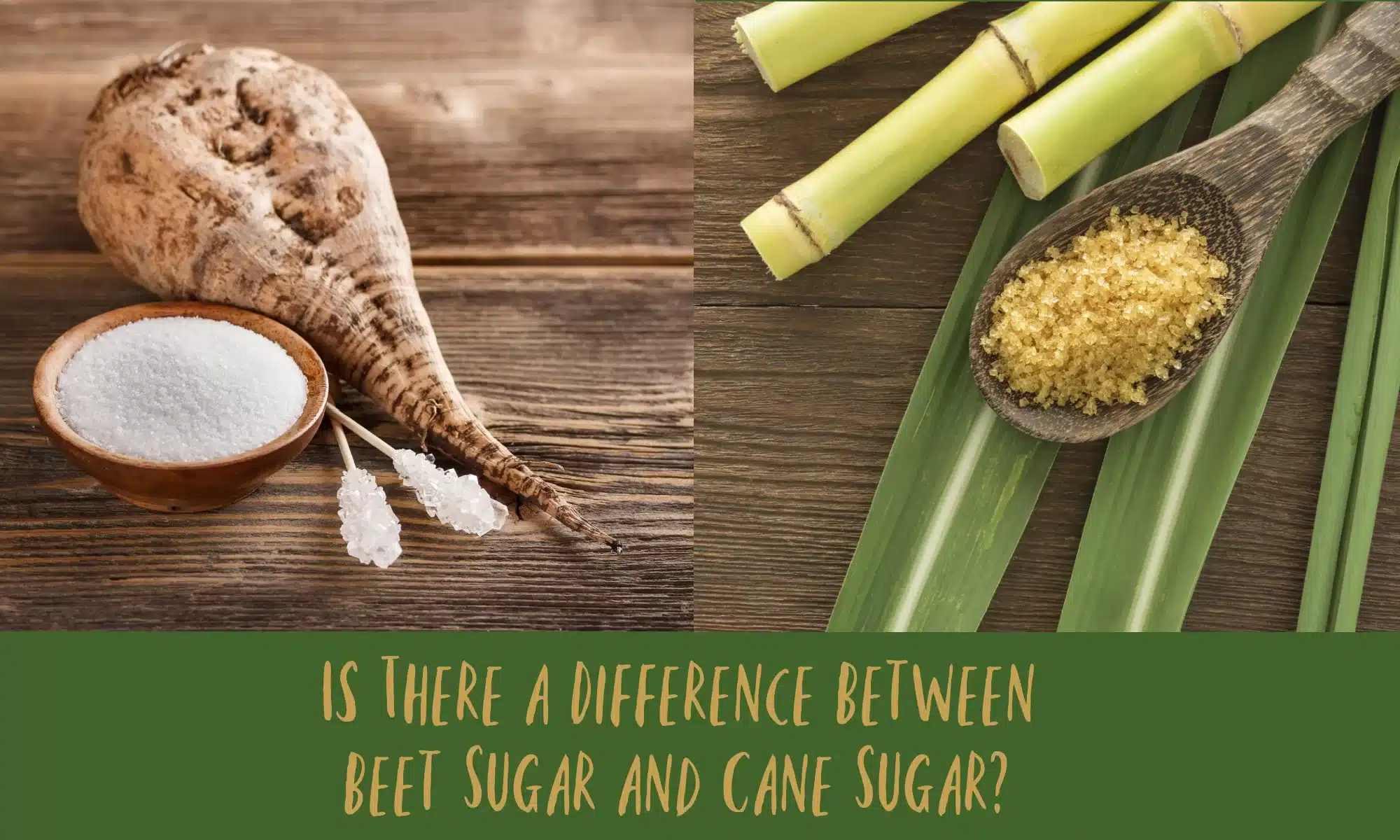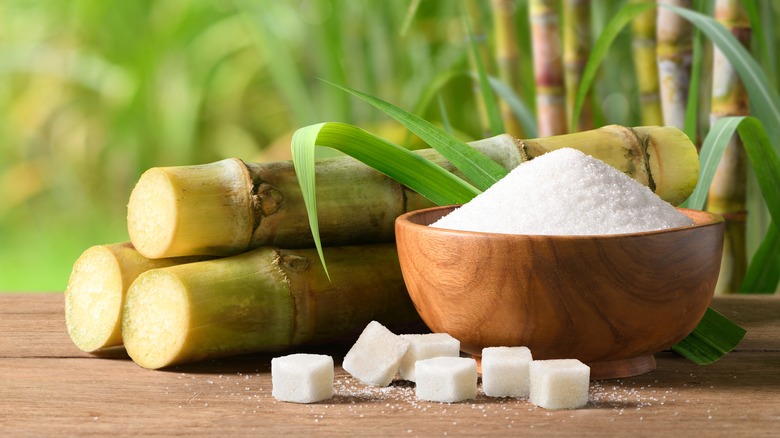Understanding the Nutritional Benefits of Beet Sugar Vs Walking Stick Sugar for Health Conscious Consumers
When taking a look at the nutritional implications of beetroot sugar versus walking cane sugar, health-conscious customers discover that both ranges mainly are composed of sucrose and offer similar calorie values, each contributing about 16 calories per tsp. In spite of this resemblance, neither type gives considerable wellness benefits, as they are lacking vital nutrients. Exploring the more comprehensive effects, including environmental considerations and lasting wellness effects of sugar consumption, might light up more nuanced differences in between these 2 sugars.
Nutritional Profile and Caloric Worth of Beet Sugar and Walking Stick Sugar
Although both beetroot sugar and walking cane sugar are mainly composed of sucrose, their dietary profiles and caloric values are remarkably similar. There are trace differences in the pollutants that stay after processing, which can slightly influence the taste and color of the sugars, yet these are minimal in terms of health influence. For consumers focusing on nutritional influence, the option between beet and walking cane sugar is more about individual preference or potential environmental issues rather than dietary distinctions.
Environmental Impact and Sustainability of Sugar Manufacturing
While the nutritional differences between beet sugar and walking cane sugar are very little, their production procedures offer more significant differences, specifically in terms of environmental impact and sustainability. Walking cane sugar production typically involves comprehensive land use and deforestation, which adds to habitat damage and biodiversity loss. This farming is also connected with high water usage and water air pollution as a result of the drainage of pesticides and fertilizers. In comparison, beetroot sugar manufacturing typically calls for less land and can be grown in even more pleasant review environments, which may reduce the need for irrigation and the involved water resource depletion.
Nevertheless, beetroot growing is not without its ecological obstacles; it entails considerable power inputs, particularly in the north climates where it is grown, because of the demand for longer heating periods in sugar processing. Both sugar beetroot and sugar anonymous walking stick sectors are discovering more lasting techniques, including plant turning, organic farming, and improved waste management strategies to reduce these effects.
Wellness Results and Recommendations for Sugar Usage
Regardless of their marginal nutritional differences, both beet sugar and walking stick sugar can have damaging health results when eaten in excess. High consumption of either kind of sugar adds to a series of wellness problems, consisting of weight problems, type 2 diabetic issues, and heart problem. Both sugars are pure sucrose and offer no necessary nutrients other than calories, resulting in fast spikes in blood glucose degrees upon consumption.


Conclusion
